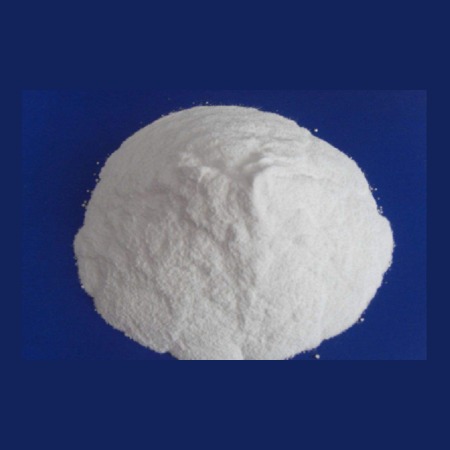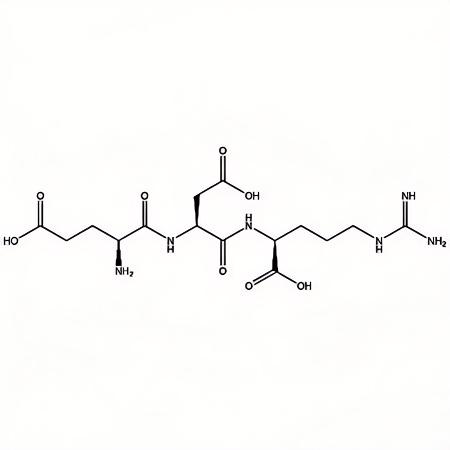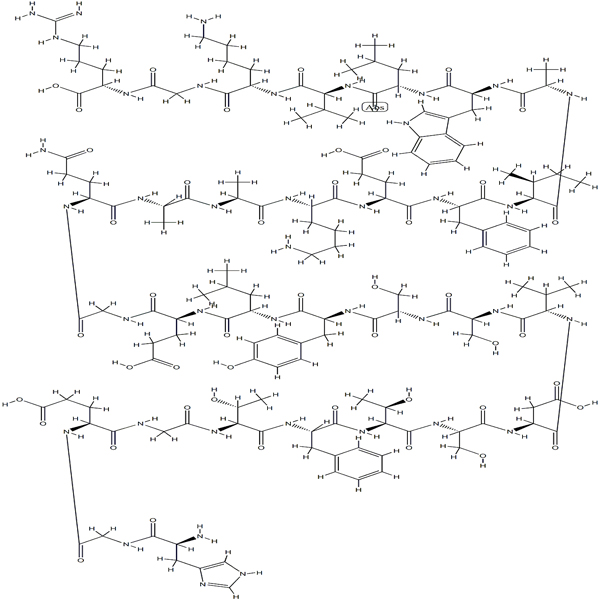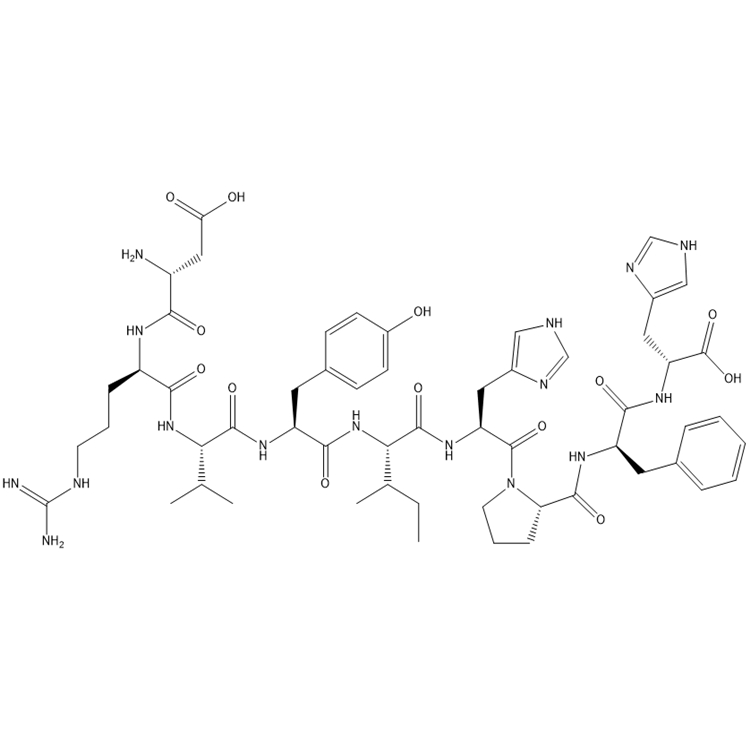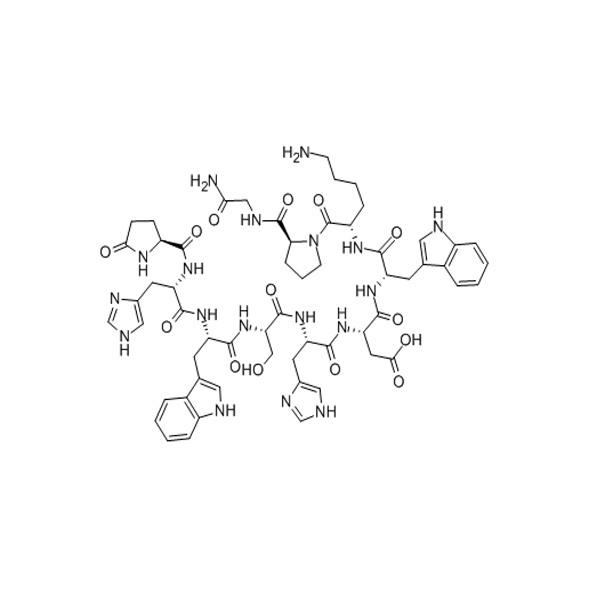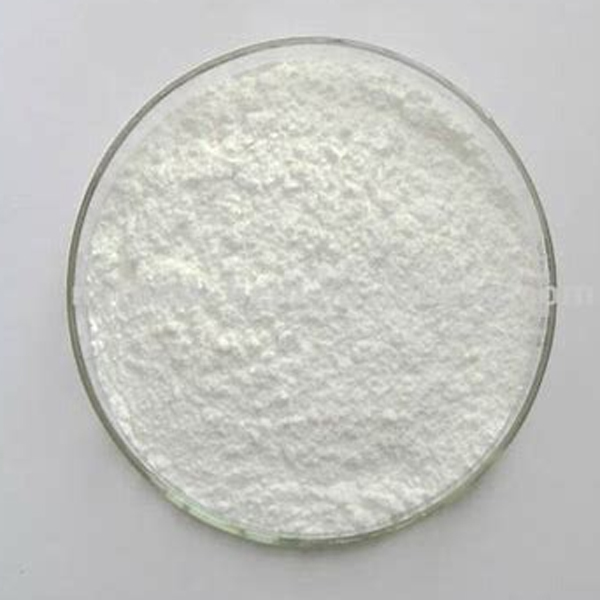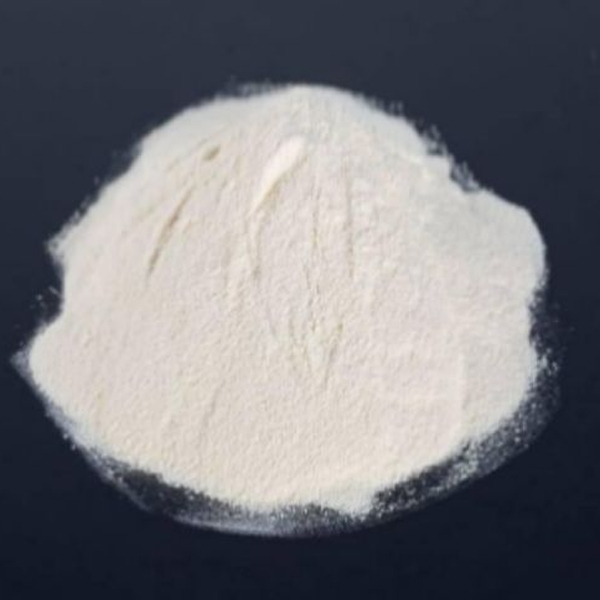Amycretin supplier/3005889-81-3/Chinese supplier
Amycretin,composed of 68 amino acids,is a single-molecule long-acting GLP-1 and Amylin dual-target receptor agonist that provides effective and convenient treatment for overweight or obese adults and adults with type 2 diabetes.
Specifications
Apperance: White to off-white powder
Purity(HPLC): ≥98.0%
Single Impurity: ≤2.0%
Acetate Content(HPLC): 5.0%~12.0%
Water Content (Karl Fischer): ≤10.0%
Peptide Content: ≥80.0%
Packing and Shipping: Low temperature, vacuum packing, accurate to mg as required.
FAQ:
What are the applications of peptide libraries?
Peptide libraries are an efficient tool for many studies, including GPCR ligand screening, protein-protein interaction studies, functional proteomics, nucleotide binding, screening of enzymatically acting substrates and inhibitors, antigen and epitope screening, signaling molecule search, and other important processes of drug screening.
What do I need to look for when designing phosphorylated peptides?
When designing phosphorylation modifications, the phosphorylation modifications should not be more than 10 amino acids away from the N-terminus to avoid a decrease in coupling efficiency.
What are peptides?
Peptides are short chain molecules formed by amino acids linked together by peptide bonds. They
typically consist of 2 to 70 amino acids.
How pure can the peptide be?
Our company can provide different purity levels for customers to choose from, from crude to > 99.9% purity. According to customer needs we can provide purity > 99.9% ultra-pure polypeptide.
Which end is best for my research?
By default, the peptide ends with an N-terminal free amino group and a C-terminal free carboxyl group. The peptide sequence often represents the sequence of the mother protein. In order to be closer to the mother protein, the end of the peptide often needs to be closed, that is, n-terminal acetylation and C-terminal amidation. This modification avoids the introduction of excess charge, and also makes it more able to prevent exonucliase action, so that the peptide is more stable.

